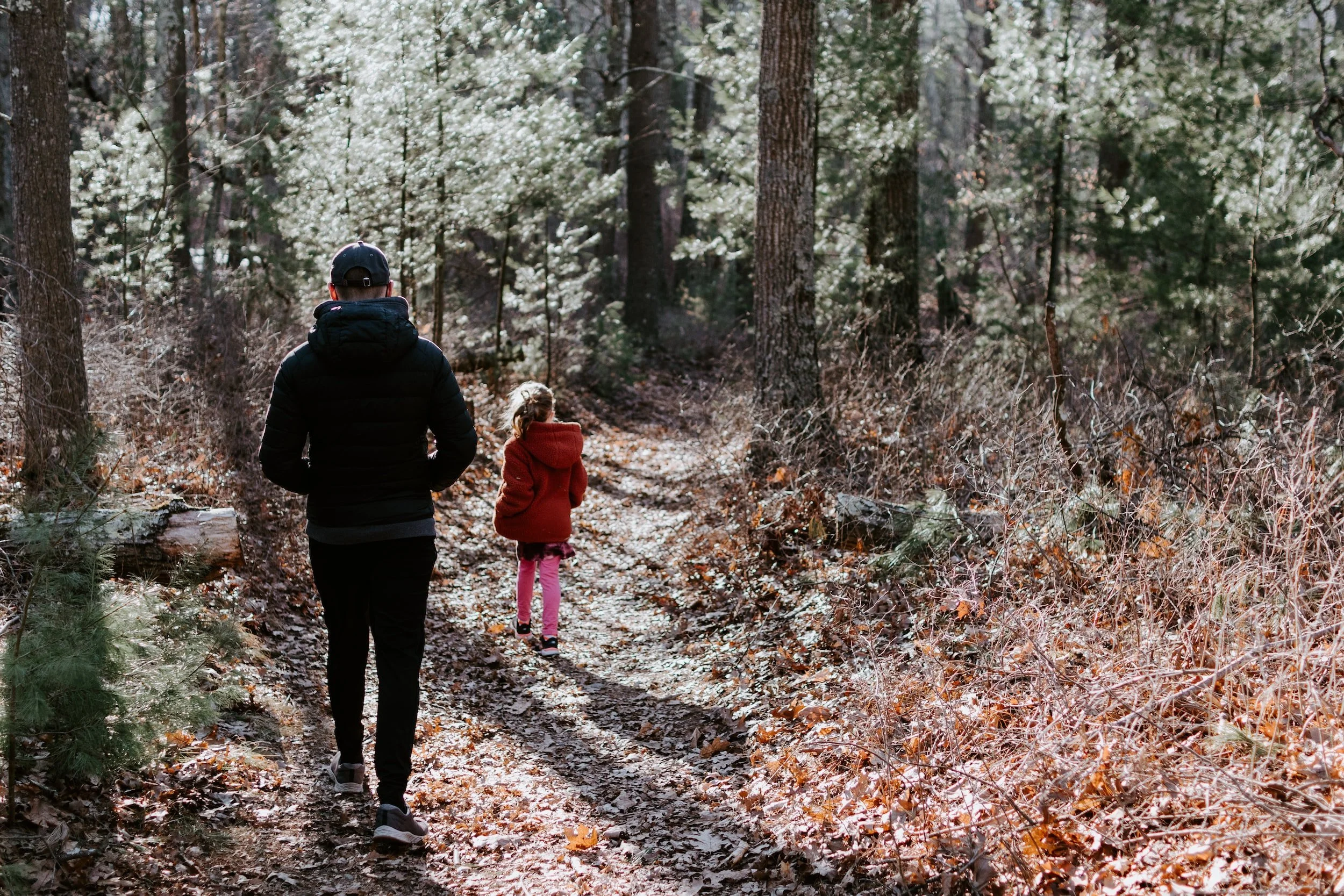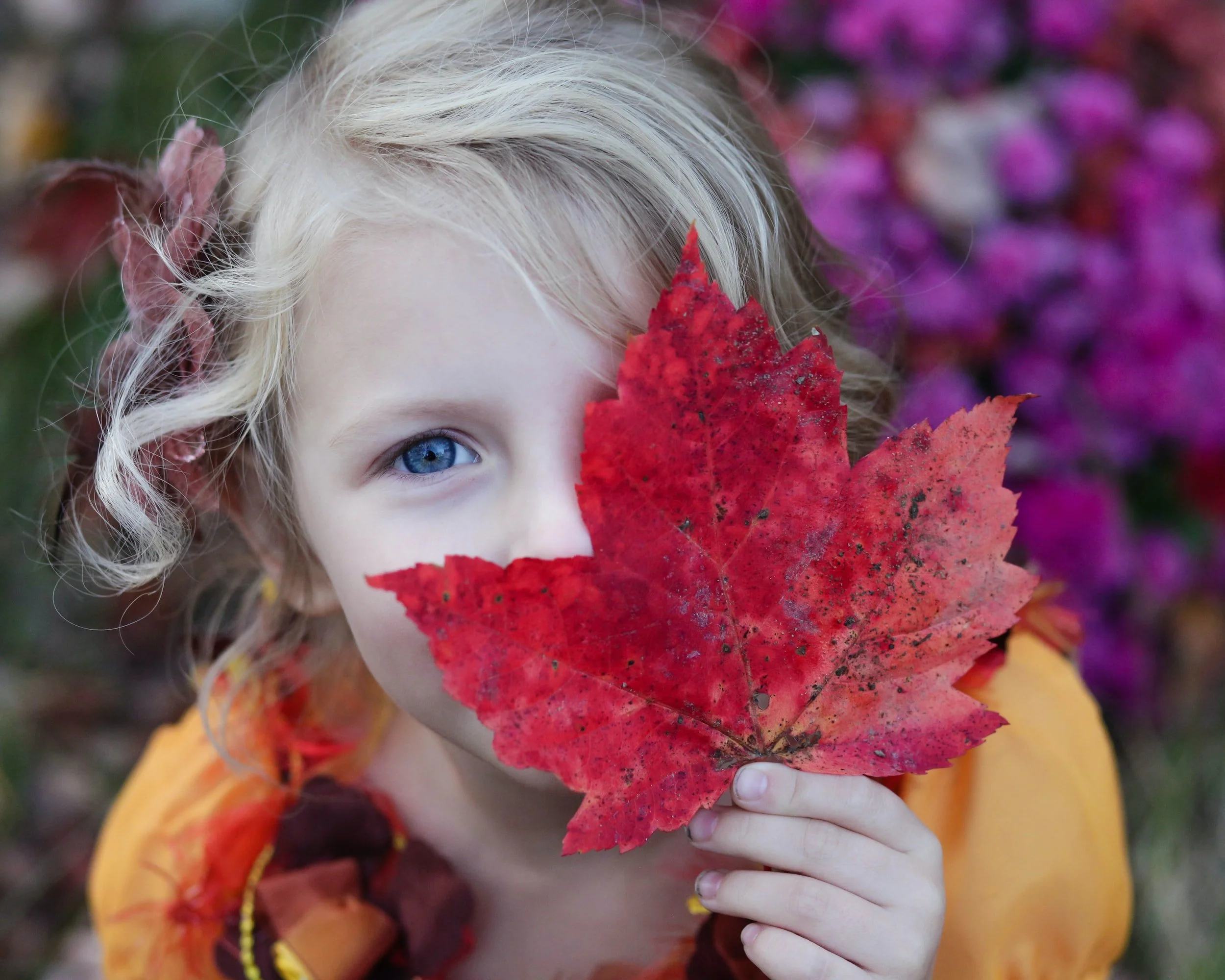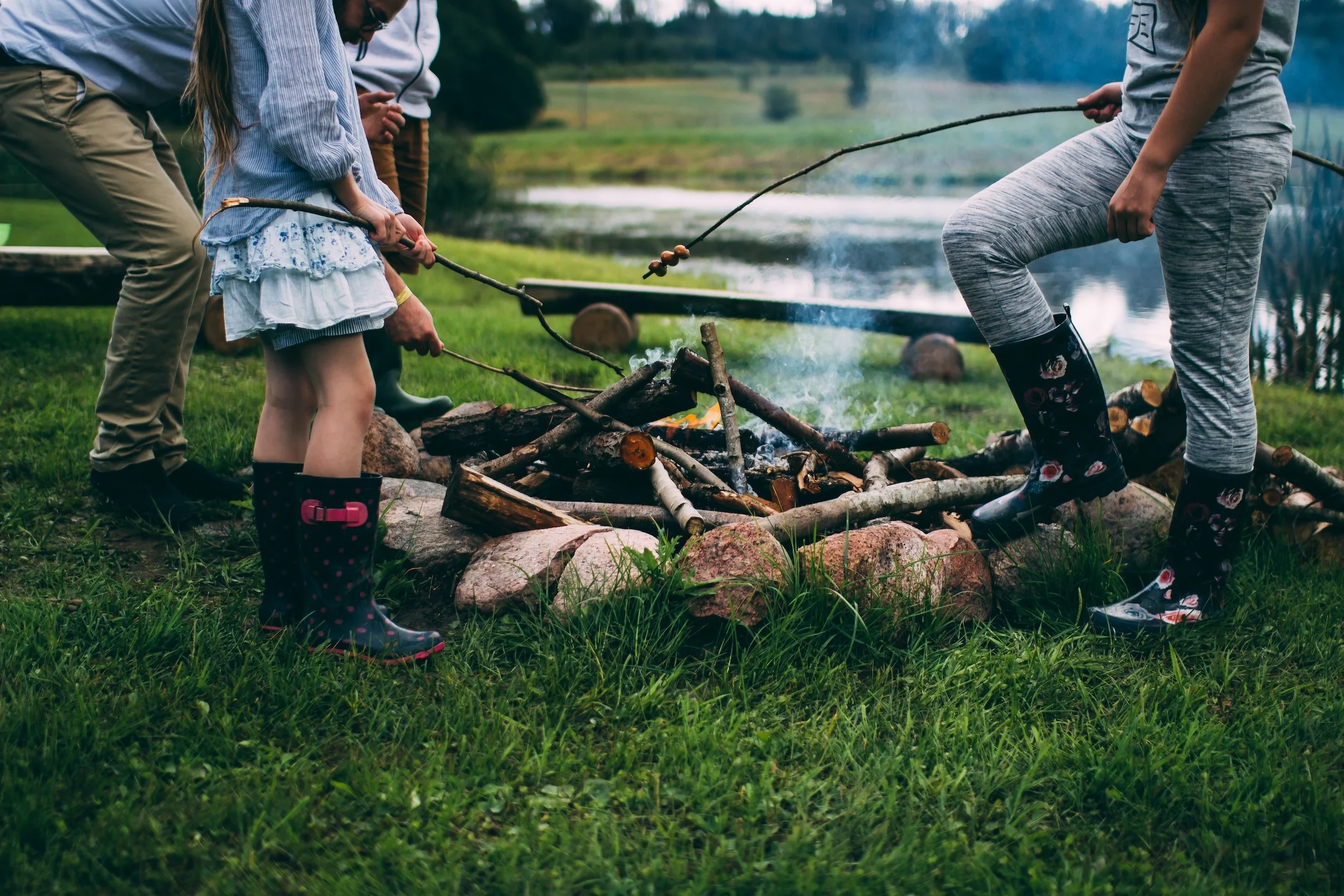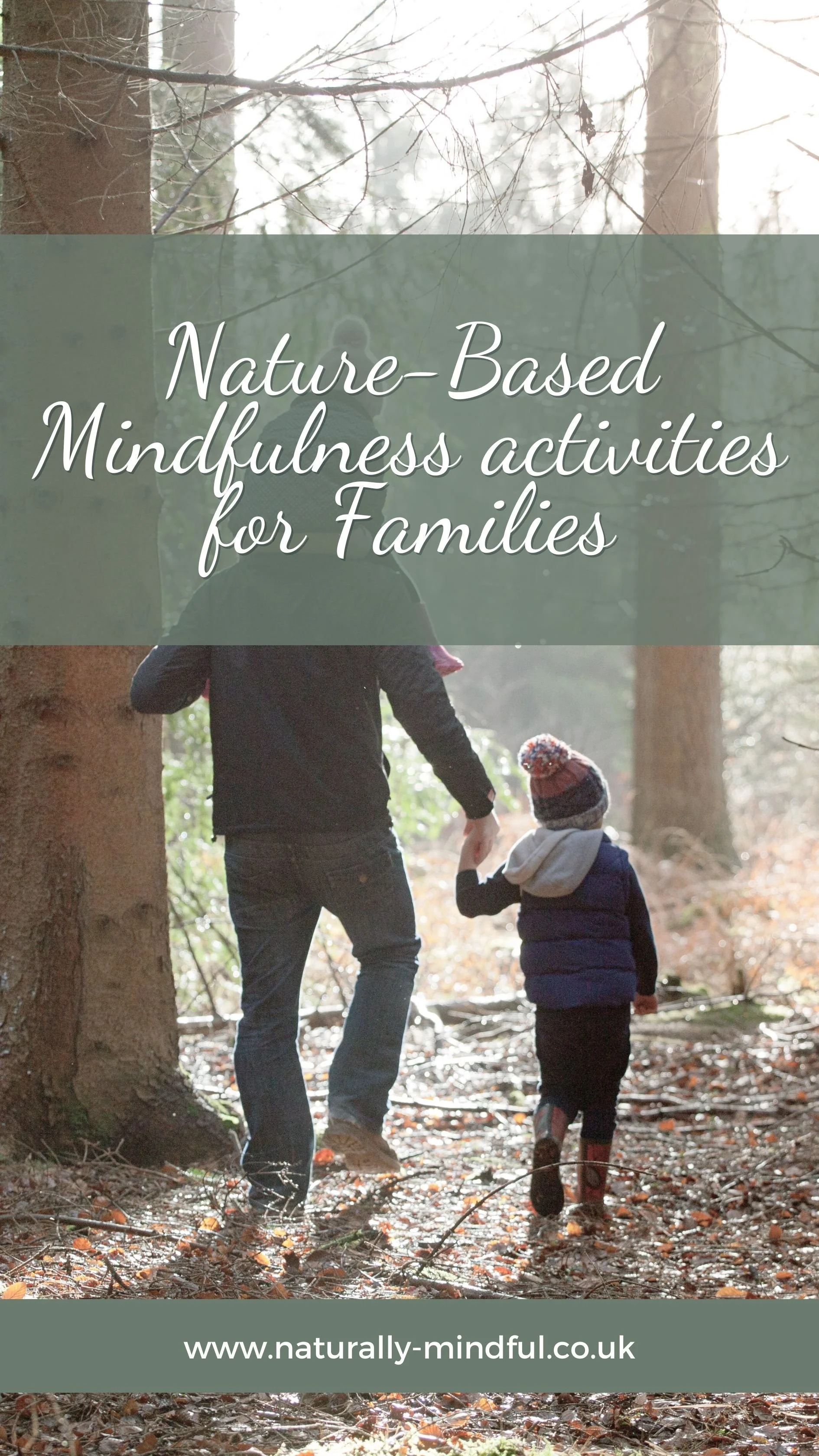Nature-Based Mindfulness activities for Families
Nature-based mindfulness practices can be an excellent way for families to bond and connect with one another, as well as with the natural world around them. Spending time in nature has been shown to have numerous benefits for mental and physical health, including reducing stress and anxiety, improving mood and emotional well-being, and increasing physical activity levels.
Engaging in mindfulness practices in nature can also help families develop a deeper appreciation and connection with the natural world, and cultivate a sense of awe and wonder about the beauty and complexity of the world around them. By engaging in activities such as nature walks, sensory scavenger hunts, nature art, and mindful gardening, families can create opportunities for meaningful connection and engagement with one another, while also fostering a deeper connection with nature.
In addition to being a fun and engaging way to spend time together, nature-based mindfulness practices can also help families develop important life skills such as mindfulness, gratitude, and a sense of wonder and curiosity about the world around them.
Here are some ideas for nature-based mindfulness practices that families can try together:
Go for a nature walk.
Going for a nature walk can be a wonderful way to practice mindfulness and connect with the natural world around us. Here are five ideas for a mindful nature walk:
Use your senses: Pay attention to your surroundings and engage your senses. Notice the sounds of the birds singing, the feeling of the sun on your skin, the smell of the flowers, and the texture of the trees. Try to use all five senses to fully experience the environment around you.
Slow down: Take your time and walk slowly, focusing on each step you take. Be mindful of your breath and the movement of your body. Slowing down can help you to feel more grounded and present in the moment.
Practice gratitude: As you walk, take a moment to appreciate the beauty of nature around you. Express gratitude for the trees, flowers, birds, and other elements of nature that you encounter on your walk.
Connect with nature: Find a spot in nature that you feel drawn to and spend some time there. Sit down and observe your surroundings. Take deep breaths and feel yourself becoming more connected to the environment around you.
Let go of distractions: Try to let go of any distractions or worries that may be on your mind. Focus on the present moment and your connection with nature. If your mind starts to wander, gently bring your attention back to your breath or the natural world around you.
Overall, a mindful nature walk can be a wonderful way to practice mindfulness and connect with the beauty of the natural world.
Go on a sensory scavenger hunt
A sensory scavenger hunt is an activity that involves exploring the natural world and using your senses to identify and collect different objects or experiences that you encounter along the way. In a sensory scavenger hunt, the focus is on engaging your senses and becoming fully present in the moment.
To participate in a sensory scavenger hunt, you will need to use your senses of sight, smell, touch, and hearing. For example, you might be on the lookout for a certain colour or texture, or you might be listening for the sound of a specific bird or insect. You may also be asked to notice different smells or tastes, such as the scent of pine needles or the taste of a wild berry.
To get started with a sensory scavenger hunt, you can create a list of items or experiences that you want to find. This might include things like a smooth rock, a feather, the sound of running water, or the scent of a flower. As you go on your hunt, you can check off each item on your list as you find it.
Sensory scavenger hunts can be a fun and engaging way to connect with nature and practice mindfulness. By focusing on your senses and being fully present in the moment, you can develop a deeper appreciation for the natural world around you.
Create some nature art
Creating nature art can be a fun and creative way to connect with the natural world and express your creativity. Here are some ideas for creating nature art:
Leaf rubbings: Collect some leaves of different shapes and sizes, place them under a piece of paper, and rub a crayon or colored pencil over the top of the paper to create an impression of the leaf. You can experiment with different colors and textures to create unique designs.
Stick sculptures: Collect sticks of different lengths and shapes and use them to create sculptures. You can experiment with different ways of balancing the sticks to create interesting and unique shapes.
Rock painting: Collect smooth stones or rocks and paint them with colorful designs or patterns. You can use acrylic paints or permanent markers to create your designs.
Nature mandalas: Use natural materials such as flowers, leaves, and sticks to create mandalas or other designs on the ground. You can use the natural colors and textures to create beautiful and intricate designs.
Nature weavings: Collect long grasses, twigs, and other natural materials and weave them together to create a basket or a mat. You can experiment with different patterns and textures to create a unique design.
Flower pressing: Collect flowers and press them between the pages of a heavy book. Once they are dry, you can use them to create a collage or other art project.
Overall, creating nature art can be a fun and creative way to connect with nature and express your creativity. You can experiment with different materials and techniques to create unique and beautiful pieces of art.
Mindful gardening
Mindful gardening is the practice of cultivating a garden in a way that fosters mindfulness, awareness, and connection with nature. It involves approaching gardening as a form of meditation, and using the process of gardening to cultivate a deeper connection with the natural world.
Mindful gardening is all about being present in the moment, and fully engaged in the act of gardening. It involves paying attention to the sights, sounds, smells, and sensations of the garden, and approaching gardening as a form of mindfulness practice.
Some key elements of mindful gardening include:
Cultivating awareness: Paying attention to the natural world around you, and noticing the changing seasons, weather patterns, and cycles of growth and decay.
Engaging the senses: Paying attention to the sensory experiences of gardening, such as the feel of the soil, the smell of the plants, and the sounds of the birds and insects.
Focusing on the process: Rather than being focused solely on the end result, mindful gardening involves focusing on the process of gardening itself, and finding joy and fulfillment in the act of tending to the plants and the soil.
Practicing mindfulness: Approaching gardening as a form of meditation, and using the act of gardening to cultivate a deeper sense of mindfulness, awareness, and connection with the natural world.
Overall, mindful gardening is a way to cultivate a deeper connection with nature, while also finding peace, joy, and fulfillment in the act of gardening itself. It is a way to approach gardening as a form of meditation, and to use the process of gardening to cultivate mindfulness and awareness in our daily lives.
Mindful eating outdoors
Mindful eating outdoors can be a wonderful way to connect with nature and savor the flavors of fresh, seasonal foods. Here are some ideas for practicing mindful eating outdoors:
Pack a picnic: Pack a basket with your favorite fresh fruits, vegetables, and other healthy snacks, and head to a park or other outdoor location. Take your time to savor each bite, and enjoy the beauty of the natural surroundings.
Cook over an open fire: If you have access to a fire pit or grill, consider cooking your meal outdoors. Roasting vegetables, grilling meats, or toasting bread over an open flame can add a delicious smoky flavor to your food, and provide a fun and engaging outdoor cooking experience.
Mindful hiking snack breaks: Plan a hiking or walking trail that includes designated snack breaks. At each break, take a moment to breathe deeply and appreciate the natural surroundings, and savor a small, nourishing snack such as fresh berries, trail mix, or energy bars.
Eat with your hands: Eating with your hands can be a fun and engaging way to connect with your food and the natural world. Consider packing finger foods such as vegetable sticks, cheese, and crackers, and enjoy the tactile experience of touching and tasting your food.
Practice gratitude: Take a moment before you begin eating to express gratitude for the food, the natural surroundings, and the people you are sharing the meal with. Cultivating a sense of gratitude can help to deepen your connection with the natural world, and enhance your enjoyment of the meal.
Overall, mindful eating outdoors is all about savoring the flavors and textures of fresh, seasonal foods, while also connecting with the natural world and cultivating a sense of mindfulness and gratitude.
Nature-based mindfulness practices offer a wide range of benefits for families, including increased connection with nature, improved mental and physical health, and enhanced emotional well-being. By engaging in activities such as nature walks, sensory scavenger hunts, and nature art, families can create opportunities to bond and connect with one another, while also deepening their connection with the natural world. Mindful gardening and mindful eating outdoors are also great ways to cultivate mindfulness and awareness, while enjoying the many benefits of spending time in nature. Overall, nature-based mindfulness practices provide a fun and engaging way for families to engage in activities that promote physical, mental, and emotional health, while also fostering a deeper appreciation and connection with the natural world.







